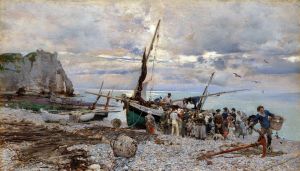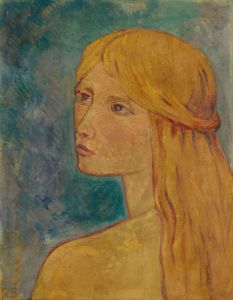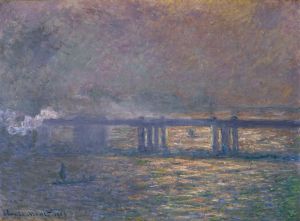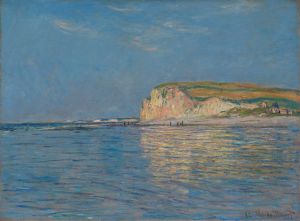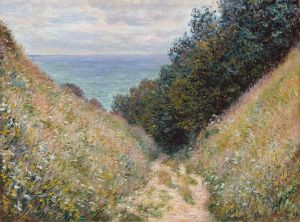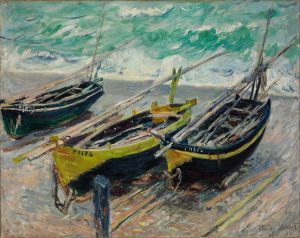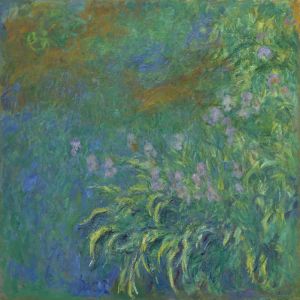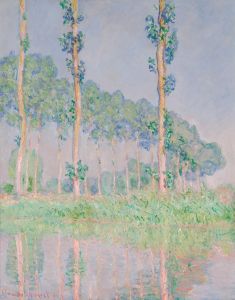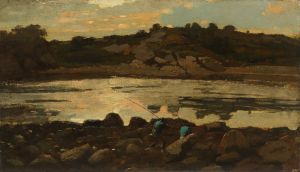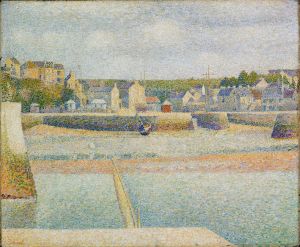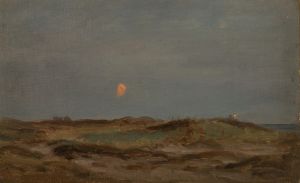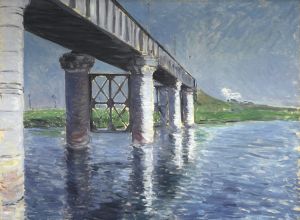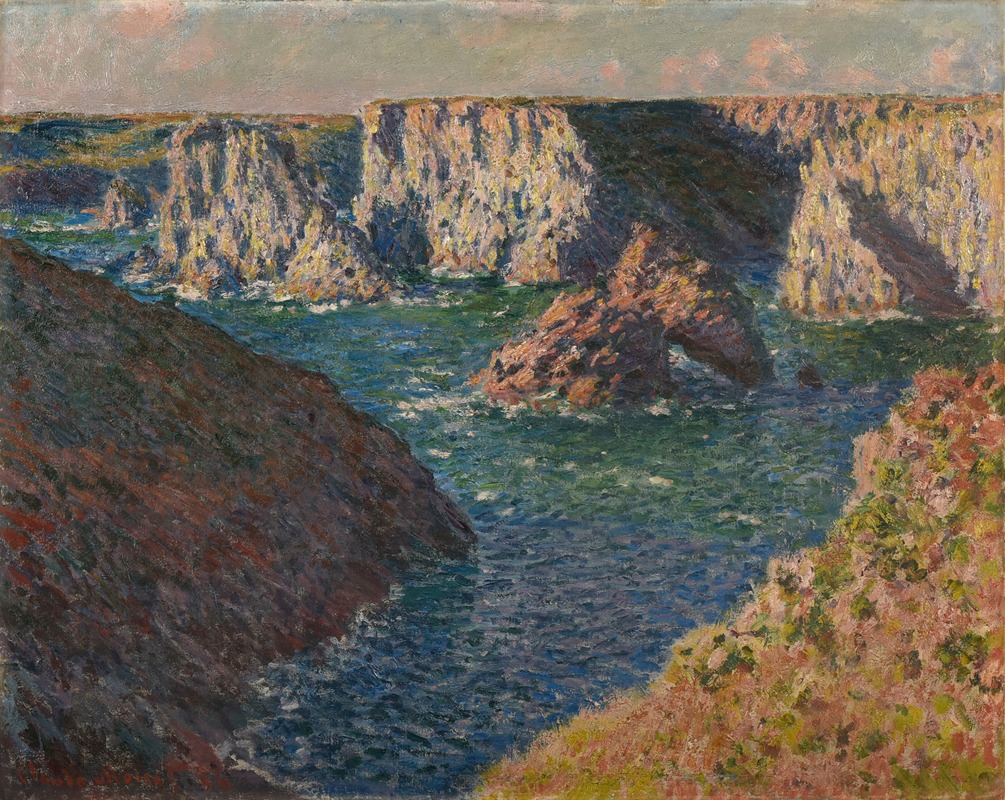
Les Rochers de Belle-Ile
A hand-painted replica of Claude Monet’s masterpiece Les Rochers de Belle-Ile, meticulously crafted by professional artists to capture the true essence of the original. Each piece is created with museum-quality canvas and rare mineral pigments, carefully painted by experienced artists with delicate brushstrokes and rich, layered colors to perfectly recreate the texture of the original artwork. Unlike machine-printed reproductions, this hand-painted version brings the painting to life, infused with the artist’s emotions and skill in every stroke. Whether for personal collection or home decoration, it instantly elevates the artistic atmosphere of any space.
Claude Monet's painting Les Rochers de Belle-Île (The Rocks of Belle-Île) is a notable work created during the artist's stay on the French island of Belle-Île, located off the coast of Brittany. Monet visited the island in the autumn of 1886, drawn by its dramatic coastal landscapes and rugged natural beauty. This painting is part of a series in which Monet captured the rocky cliffs and turbulent seas of the island, showcasing his fascination with the interplay of light, color, and texture in nature.
During his time on Belle-Île, Monet worked outdoors, directly observing the changing weather and the effects of light on the landscape. The island's wild and untamed scenery provided a stark contrast to the more tranquil settings Monet had painted earlier in his career. In Les Rochers de Belle-Île, Monet focused on the jagged rock formations and the dynamic movement of the waves crashing against them. The painting exemplifies his Impressionist style, with loose brushstrokes and a vivid color palette that convey the energy and atmosphere of the scene.
Monet's stay on Belle-Île lasted about two months, during which he produced numerous studies and paintings of the island's coastline. He was particularly captivated by the area around Port-Coton, known for its striking rock formations, which became a recurring subject in his works from this period. The artist faced challenging weather conditions while painting outdoors, but these difficulties only seemed to enhance his determination to capture the raw power of the natural environment.
The Les Rochers de Belle-Île series reflects Monet's interest in exploring the effects of light and weather on a single subject, a theme he would continue to develop in later series such as his paintings of haystacks and the Rouen Cathedral. The works from Belle-Île are celebrated for their ability to convey both the physicality of the landscape and the fleeting, ephemeral qualities of light and atmosphere.
Today, Les Rochers de Belle-Île and other paintings from Monet's time on the island are regarded as important examples of his mature Impressionist style. They demonstrate his ability to transform a rugged and remote landscape into a vibrant and evocative work of art. Several of these paintings are held in major art collections around the world, where they continue to be admired for their technical mastery and emotional impact.





